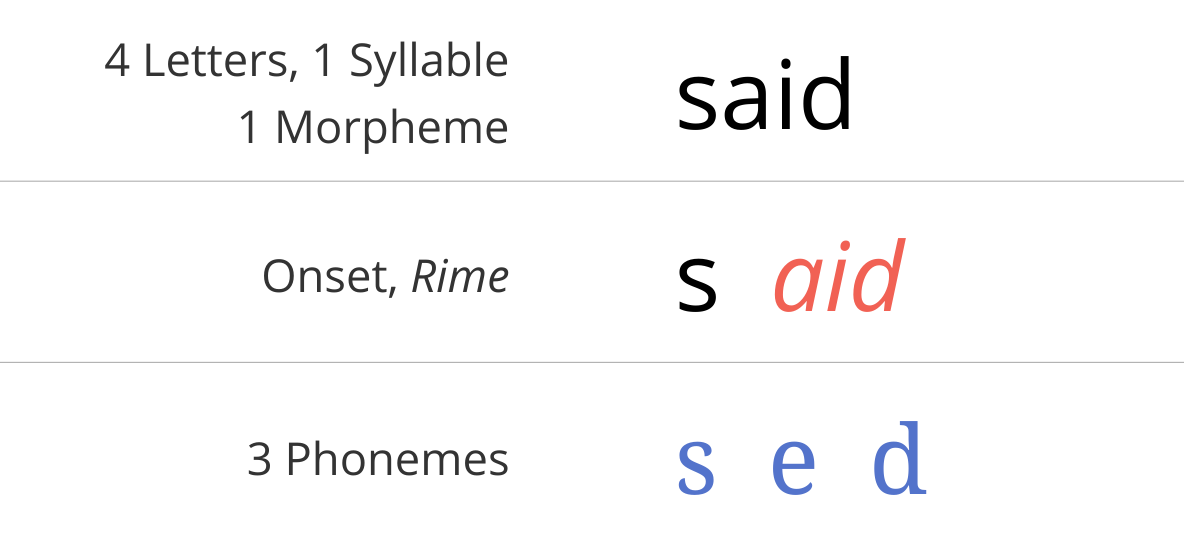To this day, the story of how and why RP11 came to be the centerpiece of one of biology’s crowning achievements has largely escaped public scrutiny. Even the scientists who helped orchestrate it disagree about the particulars.
To piece the story together, Undark reviewed more than 100 emails, letters, and other digital documents housed within the History of Genomics Archive at the National Human Genome Research Institute. The documents, provided to Undark through an institutional research collaboration agreement, reveal that the project’s sourcing of human genetic material was more ethically fraught than official publications portrayed it to be, and included DNA harvested from a cadaver, and from one of the project’s own scientists. The records, along with interviews with many of the project’s central figures and with experts in law and bioethics, paint a picture in which high-ranking project officials — constrained by their own experimental protocols and accelerated timelines — veered from their guiding principles and pushed the boundaries of informed consent.
“We were panicking,” recalled Aristides Patrinos, who led the Department of Energy’s efforts in the Human Genome Project and, along with National Human Genome Research Institute director Francis Collins, helped steer the project to completion. “So a lot of these issues were not front and center. That’s no excuse, but it was a reason. We were under a lot of pressure to make sure we finished by the time we finished.”
